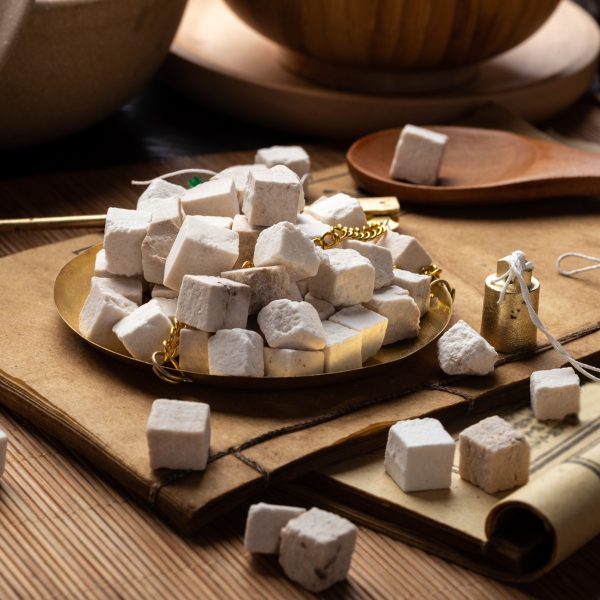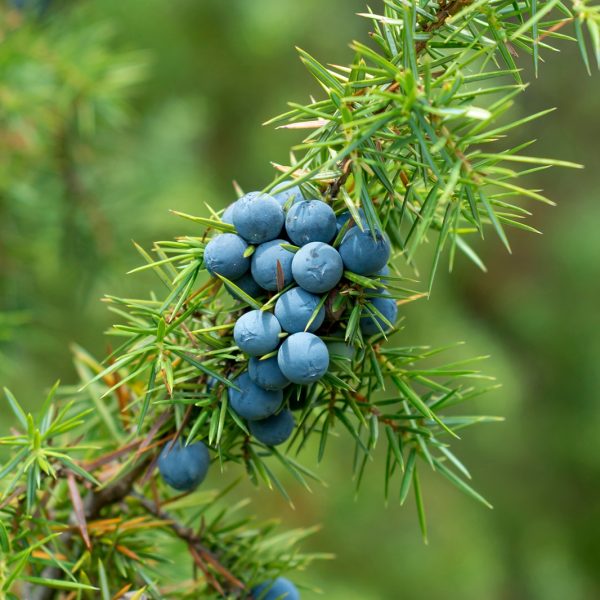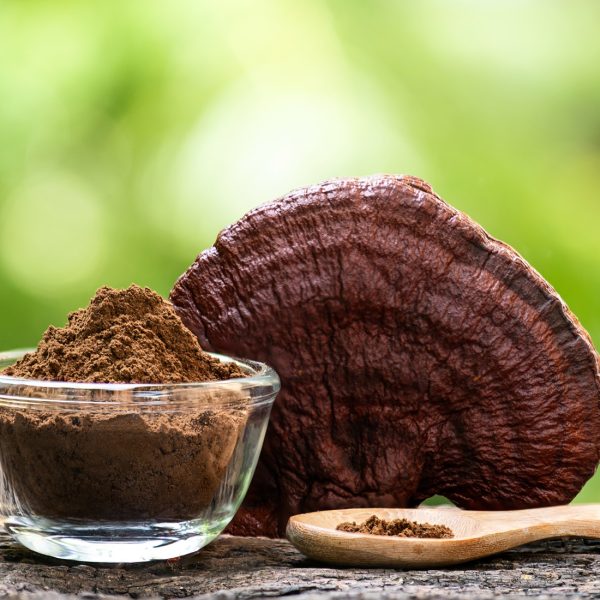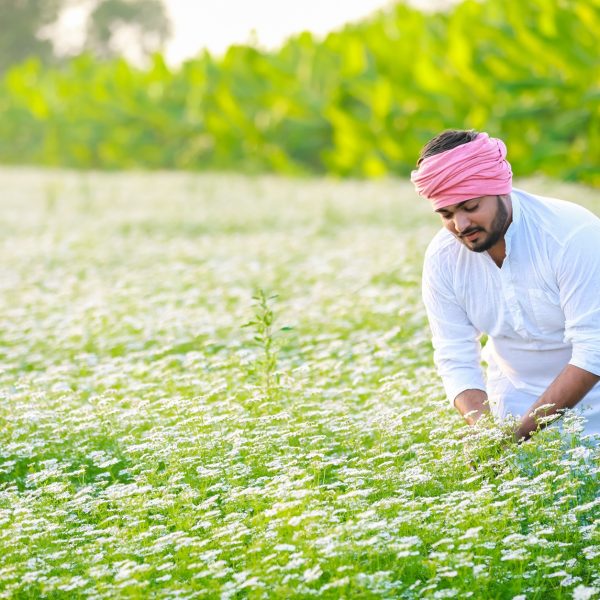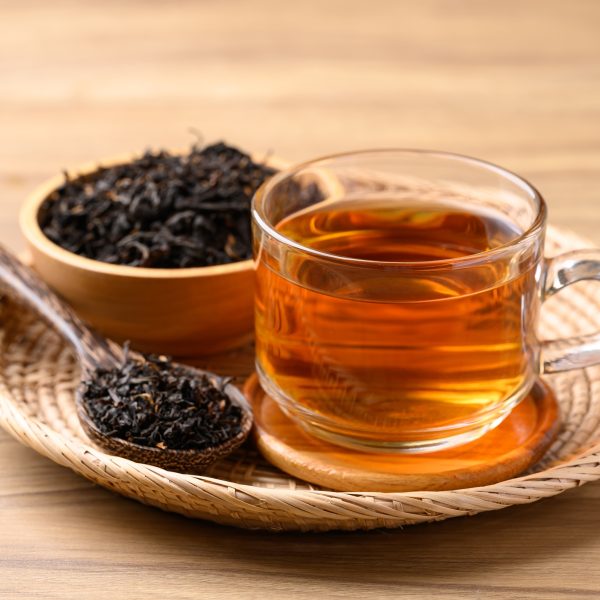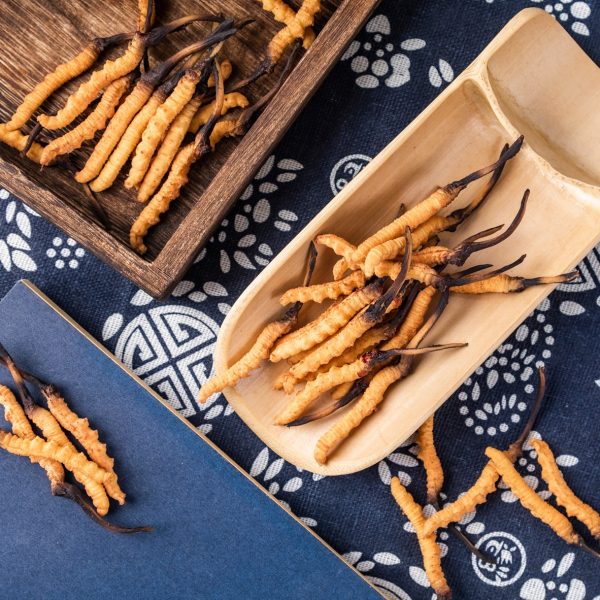TCM has an extensive history treating respiratory illness and offers a comprehensive system of classification, diagnosis, treatment and, importantly, prevention for respiratory health.
Understanding the respiratory system in TCM

“Heaven’s Qi flows freely to the Lungs”
“The Lungs are the root of Qi” (2 p69)
In TCM, the Lungs are the source of our vitality. Known as the ‘delicate organ’ for their connection with our external environment and its’ pathogens, the Lungs also extract qi (energy) from the atmosphere (‘heavens’). (2) The exchange exposing them to disease can, when they are nourished and protected, provide us with the resources to defend them.
In TCM, the Lungs have many roles beyond respiration. With the assistance of the ‘grasping’ function of the Kidneys, they receive pure qi from the air and disperse it throughout the body, vitalising all bodily functions and promoting (with the Heart) the circulation of qi, blood and body fluids.
Pure qi combines with food qi and original qi – our core, inherited life force, residing in the lower abdomen in a space known as the lower dan tian – to form defensive qi (immunity). This circulates beneath the skin surface, protecting us from viruses, bacteria and climatic, ‘pernicious’ influences – Wind, Cold, Heat, Damp, Dryness and Summerheat. The Lungs also: regulate the water passages, control the skin and hair, open in to the nose and house the corporeal soul (“the somatic manifestation of the soul… a direct manifestation of the breath of life”). (3 p85) Along with their paired Metal organ, the Large Intestine, the Lungs receive and release on both a physical and emotional level. (3)
How do TCM lung pathologies work?
TCM Lung pathologies are classified as exterior or interior, hot or cold, excess or deficient and yin or yang in nature. For example, an acute case of loss of voice with fever may, with corresponding signs and symptoms, be seen as an excess, yang condition due to external Wind Heat invading the Lung area of the throat.

Lung disharmonies arise when:
The Lungs’ functions are compromised
The Lungs’ functions are compromised: If Lung qi is weak our energy is low and circulation poor. If they do not direct qi downwards, or the Kidneys fail to grasp it, it will rise, causing cough. When defensive qi is deficient we are prone to catching colds, invasion from climatic influences and the opening and closing of our pores – and, therefore, temperature regulation and sweating is affected. If body fluids are not dispersed we suffer oedema and the accumulation of fluids and phlegm in the Lungs. When the Lungs lack nourishment, as does our skin and hair. When Lung qi fails to ‘open’ in to the nose, our sense of smell is impeded. If the corporeal soul is not ‘housed’ by the Lungs we suffer from sadness, depression, prolonged grief and unhealthy attachments.
‘Pernicious influences’ invade
‘Pernicious influences’ invade – typically exploiting a pre-existing deficiency in the body – or are generated internally. External Wind encompasses physical wind – which TCM believes enters the body via the pores – as well as bacteria, viruses and environmental allergens. It is Hot, Cold, Dry or Damp in nature. Wind-Cold readily becomes Wind-Heat in the body and Wind-Heat, if left untreated, can lead to Fire in the Lungs or Lung Dryness. Dampness obstructs Lung qi and engenders Phlegm which can settle in the Lungs in the form of Phlegm (Hot or Cold). Dampness is said to make external pathogens ‘stick’, making them more likely to invade and harder to resolve.
The Lungs fail to receive adequate nourishment
The Lungs fail to receive adequate nourishment, in particular, of qi and yin (the body’s moistening, cooling energy) (3-5).
Understanding the root
- Hereditary weakness: An inherited constitutional weakness of the Lungs
- Previous respiratory illness: Weaken the Lungs if they are not healed and nourished after
- Unresolved pathogens can become trapped in the body, eroding Lung qi. Prolonged coughing weakens Lung qi. When colds get ‘stuck’ they can turn to Heat in the Lungs. Unresolved or excessive Heat in the Lungs cause dryness and depletes Lung Yin.
- Internal Dampness: Responsible, along with the Stomach, in TCM for the digestion and transportation of food and fluids – is “the creator of Phlegm, the Lungs are the storehouse” (2 p167). A Damp diet includes excessive cold, raw, greasy, sweetened foods, alcohol, dairy, antibiotics and (for some) wheat. Children have immature digestive systems, hence, frequent colds and mucus.
- External Dampness: Damp climate (as in the UK) and living environments (including mould).
- Weak defensive qi: From previous illness, poor diet, inactivity, overexertion, shallow breathing
- Sedentary lifestyles
- Poor posture, leading to shallow breathing
- Smoking, pollution, excessive use of bronchodilators or exposure to hot, dry environments deplete Lung yin
- Heating can create Lung Dryness
- Stress inhibits smooth qi flow and suppresses the Lung qi
- Great sadness and unresolved grief leads to shallow breathing and weakened Lung qi. (3-7)
Signs and symptoms: Common TCM Lung patterns

Wind Cold invasion
For example: Colds, flus, upper respiratory tract infections (URTIs)
- Fever and chills (chills predominant)
- No sweating
- Headache
- Body ache
- Runny nose with thin watery mucus
- Sneezing
- Cough with thin, watery mucus
- A ‘floating’ pulse (felt at the surface on light touch)
Wind Heat invasion
For example: Colds, URTIs, acute bronchitis, tonsillitis, early stages of measles/ encephalitis/ meningitis
- Fever with mild/ no chills
- Sore throat
- Mild sweating
- Headache
- Thirst
- Cough with thick, yellow phlegm
- Blocked nose with thick yellow/ green phlegm
- Red tongue tip with a thin, yellow coating
- ‘Floating’ and rapid radial pulse.
- Severe Wind Heat can result in lung abscess.
Lung qi deficiency
For example: Weak immunity, emphysema, hayfever, asthma, chronic bronchitis
- Tiredness
- Frequent colds
- Slight cough
- Slight shortness of breath
- Weak voice
- Propensity to sweating in the daytime
- Pallor
- Aversion to cold
- Pale tongue
- Weak radial pulse on the distal right position
Lung yin deficiency
For example: Loss of voice, TB, haemoptysis, chronic asthma, emphysema, COPD
- Dry, unproductive cough/ cough with scant, sticky phlegm (possibly bloody)
- Chronic mild sore throat
- Dry nose and lips
- Slight wheeze
- A red, dry tongue
- A weak, rapid radial pulse
Damp Phlegm in the Lungs
For example: URTIs, chronic bronchitis, asthma, emphysema, bronchiectasis
- Copious sputum
- Chest distension
- Rattling cough that is worse in the morning and after eating
- Difficulty breathing that is worse when lying down
- Tongue is swollen with teeth marks
Can be acute or chronic, from external or internal sources and combines with Hot or Cold symptoms. Recurring Cold Phlegm conditions are especially common in the elderly and infants. (3,6-8)
Herbal solutions
Chinese herbal medicine tends not use herbs individually but in synergistic formulae. It is important to consult a qualified TCM practitioner as they must be carefully prescribed and modified to match the individual’s presenting symptoms, environment and constitution.

Common lung herbs
Bo He (Mentha Haplocalyx) Mint
Mild diaphoretic, alterative, antispasmodic, calmative. Cool and pungent, it releases exterior Wind Heat via sweating to relieve colds, flu, fevers and express rashes (e.g. measles).
Huang Qi (Radix Astragali Membranaceus) Astragalus root
Adaptogen, diuretic, anhydrotic (stops sweating), antiviral, antioxidant. Tonifies qi and defensive qi. Important TCM immune-booster and Lung tonic. Enhances digestion, addressing the root of Damp and Phlegm.
Jie Geng (Radix Platycodi) Platycodon root
Expectorant, demulcent, anti-inflammatory. Frees Lung qi, dispels Phlegm, benefits throat, acts as an envoy for other herbs to direct their actions to the upper body.
Pi Pa Ye (Eriobotryae Japonicae) Loquat leaf
Antitussive, expectorant, anti-emetic. A primary TCM herb for cough from Heat. Clears Phlegm and redirects Lung qi downwards, stopping cough.
Sheng Jiang (Zingiberis Officinalis) Fresh ginger
Stimulant, diaphoretic, expectorant, anti-emetic, analgesic, antispasmodic, antipyretic, antimicrobial. Warms and release the exterior via sweating, warms the digestion to prevent Damp. Supports defensive qi. Reduces toxicity of certain herbs and aids herb absorption, hence, is frequently added to TCM formulae. Gan Jiang (dried Ginger) is hotter in nature and used more for interior Cold conditions affecting the Lungs.
Xing Ren (Semen Pruni Arminiacae) Apricot seed
Antitussive, antiasthmatic, demulcent. Used widely for all types of cough, particularly dry (externally-induced) accompanied by constipation. Slight toxicity countered by peeling, cooking and mixing with honey. (5, 7, 10,11)
Common lung formulas
Yu Ping Feng San (Jade Windscreen Powder)
This formula contains:
- Huang Qi (Radix Astragali Membranaceus)
- Bai Zhu (Atractylodes Macrocephala)
- Fang Feng (Radix Ledebouriella Divaricatae)
Creating a ‘screen’ against the Wind, as the title suggests, this is a very popular formula to tonify defensive qi (immunity), especially in cases of frequent colds, though this takes time (approx. 1-5 months) (8). Bai Zhu strengthens the Spleen (digestion) to increase food qi and, thus, Defensive qi. Fang Feng (translated as “guard against wind”), releases the exterior. This formula may, therefore, also be taken at the tail end of a cold that is hard to shake.
Ma Huang Tang (Ephedra Decoction)
This decoction contains:
- Ma Huang* (Herba Ephedrae)
- Gui Zhi (Ramulus Cinnamomi)
- Xing Ren (Semen Armeniacae)
- Zhi Gan Cao (honey-fried Radix Glycyrrhizae)
The ephedra decoction treats exterior Wind Cold with diaphoretic, warming herbs to ‘release the exterior’ via sweating and stop coughing. Once sweating has been achieved the formula is stopped. It is the foundation formula for several other formulas, including Ma Xing Shi Gan Tang (Ephedra, Apricot Kernel, Licorice and Gypsum Decoction), the core formula of Qing Fei Pai Du Tang – a composite TCM formula used to manage COVID-19 infections, approved for clinical trial by the FDA. (9)
Please note: Ma Huang is a strong bronchodilator and diaphoretic. In the UK it may only be prescribed by qualified herbalists and is restricted in terms of dosage. It is completely restricted in the US and EU. Zi Su Ye (Folium Perillae) may be substituted at higher doses.
Yin Qiao San (Honeysuckle and Forsythia formula)
This is a popular formula for exterior Wind Heat, sometimes used to relieve symptoms in the early stages of COVID-19 where fever and a sore throat predominate. Also induces sweating to release the exterior, but mildly with cool herbs. It contains eleven herbs, including Jin Yin Hua (Flos Lonicerae), Lian Qiao (Fructus Forsythiae) and Jie Geng (Radix Platycodi). (5,7,10, 11)
Holistic solutions

Qi gong and breathing exercises
Dan Tian breathing (or pranayama) is diaphragmatic breathing. Place hands on lower belly and breathe in to this space, feeling it expand, for 5 or more minutes.
Prepare your Lungs
The Lungs pertain to Autumn, when they are especially vulnerable. Prepare your Lungs in the Spring and Summer by taking care of yourself, avoiding overindulging in Damp, cooling Summer foods (e.g. ice cream) and strengthening them with breathing exercises and Lung tonics. The “Lungs loathe Cold” (3, p87) so keep warm in Winter.
Bath with a mug of fresh ginger tea
At the onset of acute exterior Wind Cold without sweating, take to the bath with a mug of fresh ginger tea and stay in until a sweat has been broken, then rug up warm. To be effective, this must be done in the first 24 hours of catching a cold.
Acupuncture
Acupuncture and cupping, especially to points on the upper back, can help to release Wind Cold.
Remove damp from your home
Rid home and work environments of damp and mould.
Diet
Eat well to feed your defensive qi. Reduce Damp-forming foods to prevent Phlegm. Avoid altogether during a cold. White foods (e.g. turnip, daikon, garlic, onion) and pungent flavours benefit the Lungs. Poached pears in honey (along with the soup) nourish Lung yin and can be helpful in cases of hoarse voice and dry cough.
Address unresolved grief and sadness
Let go of things, physical and emotional, that no longer serve you.
Swimming
Swimming strengthens the Lungs but should be avoided in cases of real deficiency or Dampness and it is important to stay warm afterwards. (3-5)
References
- Forum of International Respiratory Societies. The Global Impact of Respiratory Disease. 2nd ed. Sheffield: European Respiratory Society; 2017. https://www.who.int/gard/publications/The_Global_Impact_of_Respiratory_Disease.pdf. Accessed January 8, 2022.
- Flaws B. Statements of Fact in Traditional Chinese Medicine. 9th ed. Boulder: Blue Poppy Press; 2010.
- Maciocia G. The Foundations of Chinese Medicine: A Comprehensive Text for Acupuncturists and Herbalists. Edinburgh: Churchill Livingstone; 1989.
- Pitchford P. Healing With Whole Foods: Asian Traditions and Modern Medicine. 3rd ed. California: North Atlantic Books; 2002.
- Tierra L. Healing with the Herbs of Life. New York: Crossing Press; 2003.
- Maciocia G. Diagnosis in Chinese Medicine: A Comprehensive Guide. Edinburgh: Churchill Livingstone; 2004.
- Maclean W, Lyttleton J. Clinical Handbook of Internal Medicine: The Treatment of Disease with Traditional Chinese Medicine. Vol 1. Sydney: University of Western Sydney; 1998.
- Finney D, Flaws B. A Handbook of TCM Patterns and Their Treatments. 2nd ed. Boulder: Blue Poppy Press; 2008.
- Wang Q et al. Efficacy and Safety of Qingfei Paidu Decoction for Treating COVID-19: A Systematic Review and Meta-Analysis. Frontiers in Pharmacology, 12 August 2021. doi: 10.3389/fphar.2021.688857.
- Barolet R, Bensky D. Chinese Herbal Medicine: Formulas and Strategies. Washington: Eastland Press Inc.; 1990.
- Bensky D, Gamble A. Chinese Herbal Medicine: Materia Medica. 2nd ed. Washington: Eastland Press; 1993.

